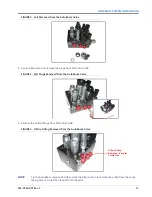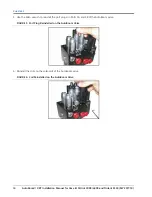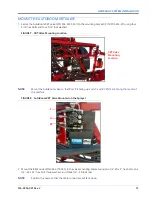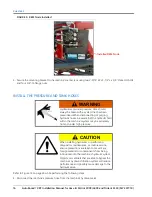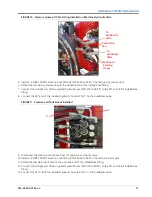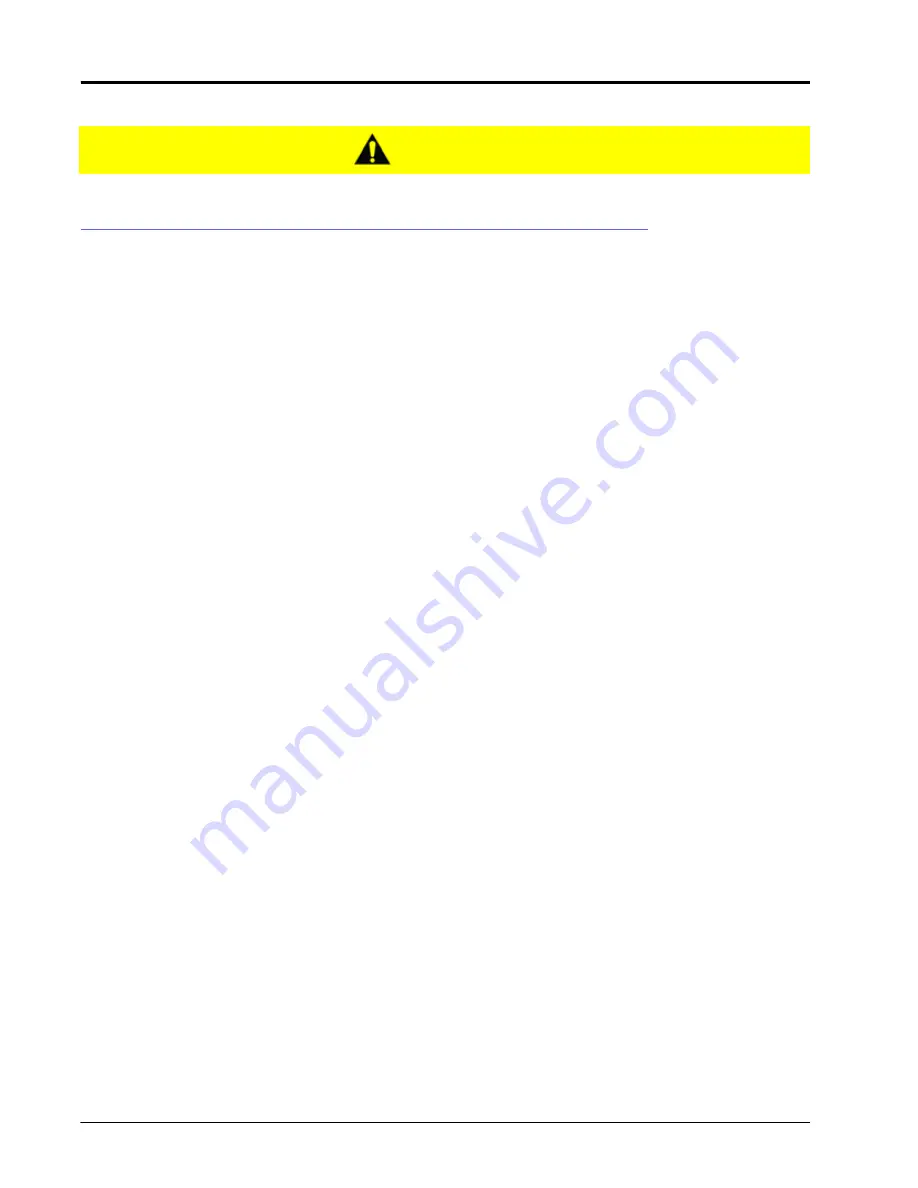
C
HAPTER
1
2
AutoBoom® XRT Installation Manual for Case IH Patriot 3XX0/44X0 and Trident 5550 (MY 2017-19)
INSTRUCTIONS FOR HOSE ROUTING
The word “hose” is used to mean all flexible fluid carrying components. Follow existing hoses as much as possible
and use these guidelines:
Hoses should not contact or be attached to:
• Components with high vibration forces
• Components carrying hot fluids beyond component specifications
Avoid contact with any sharp edge or abrading surfaces such as, but not limited to:
• Sheared or flame cut edges
• Edges of machined surfaces
• Fastener threads or cap screw heads
• Ends of adjustable hose clamps
Routing should not allow hoses to:
• Hang below the unit
• Have the potential to become damaged due to exposure to the exterior environment. (i.e. tree limbs, debris,
attachments)
• Be placed in areas of or in contact with machine components which develop temperatures higher than the
temperature rating of hose components
• Hoses should be protected or shielded if it needs to route near hot temperatures beyond hose component
specifications
Hoses should not have sharp bends
Allow sufficient clearance from machine component operational zones such as:
• Drive shafts, universal joints and hitches (i.e. 3-point hitch)
• Pulleys, gears, sprockets
• Deflection and backlash of belts and chains
• Adjustment zones of adjustable brackets
• Changes of position in steering and suspension systems
• Moving linkages, cylinders, articulation joints, attachments
• Ground engaging components
For hose sections that move during machine operation:
• Allow sufficient length for free movement without interference to prevent: pulling, pinching, catching or
rubbing, especially in articulation and pivot points
• Clamp hoses securely to force controlled movement to occur in the desired hose section
• Avoid sharp twisting or flexing of hoses in short distances
Protect hoses from:
CAUTION

















